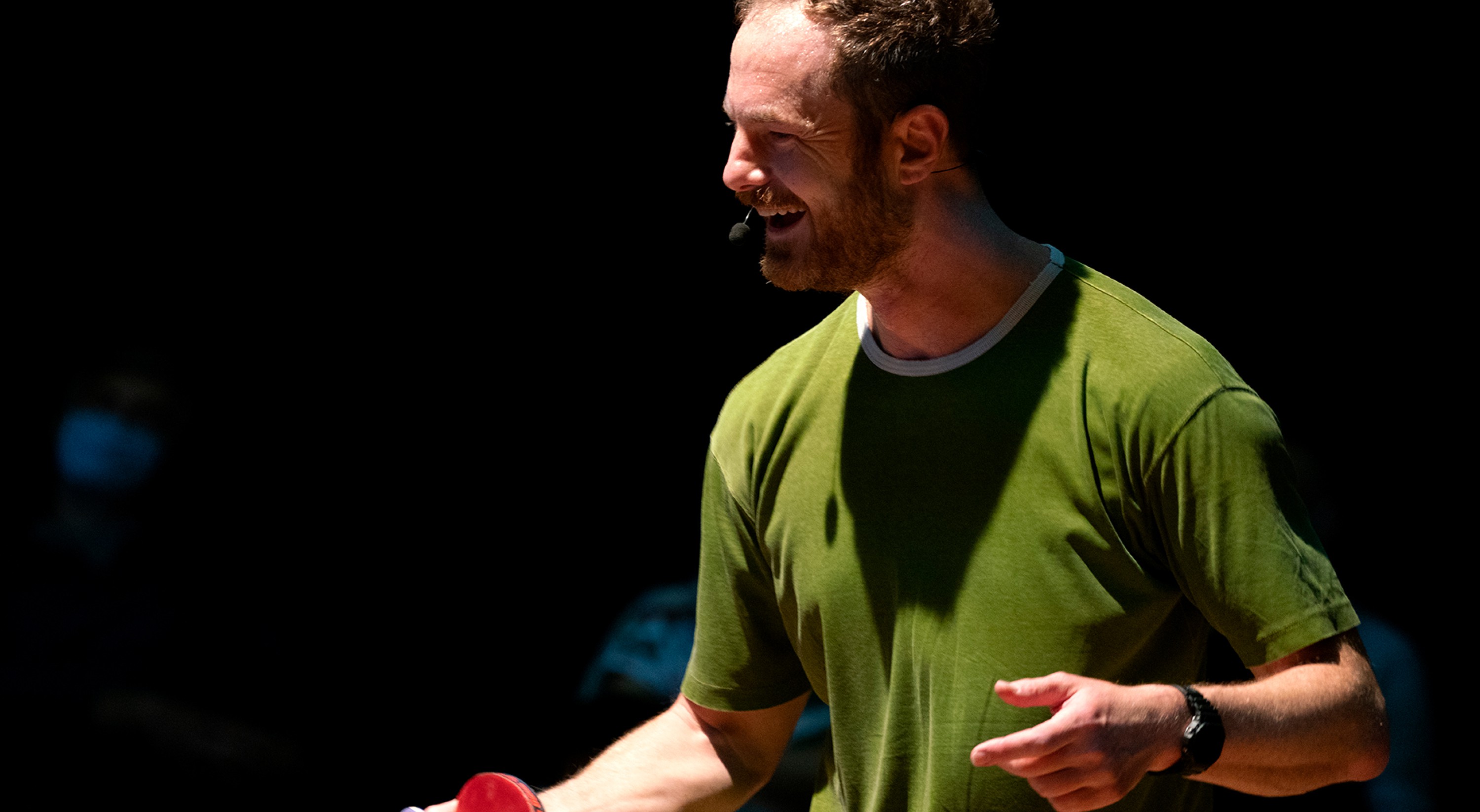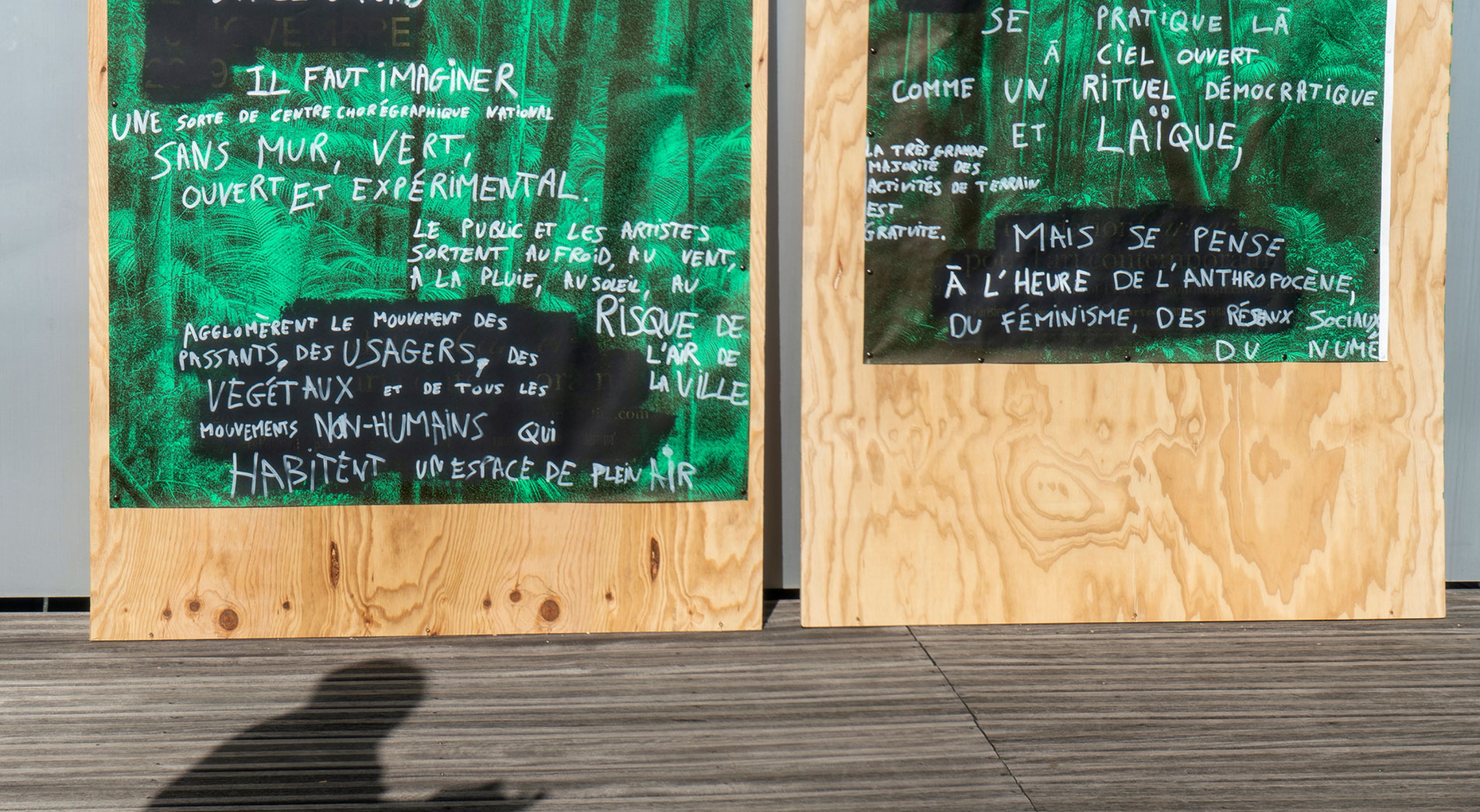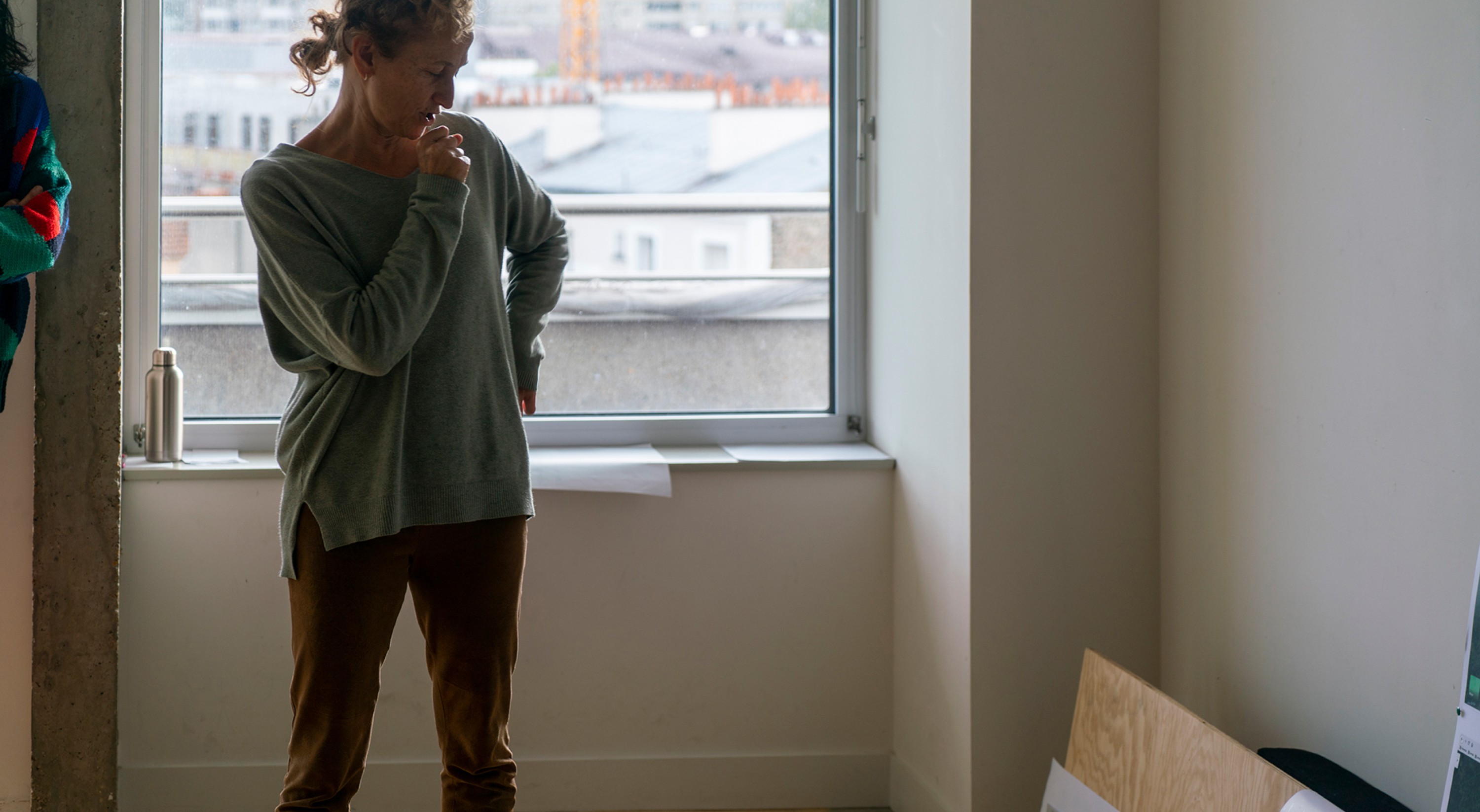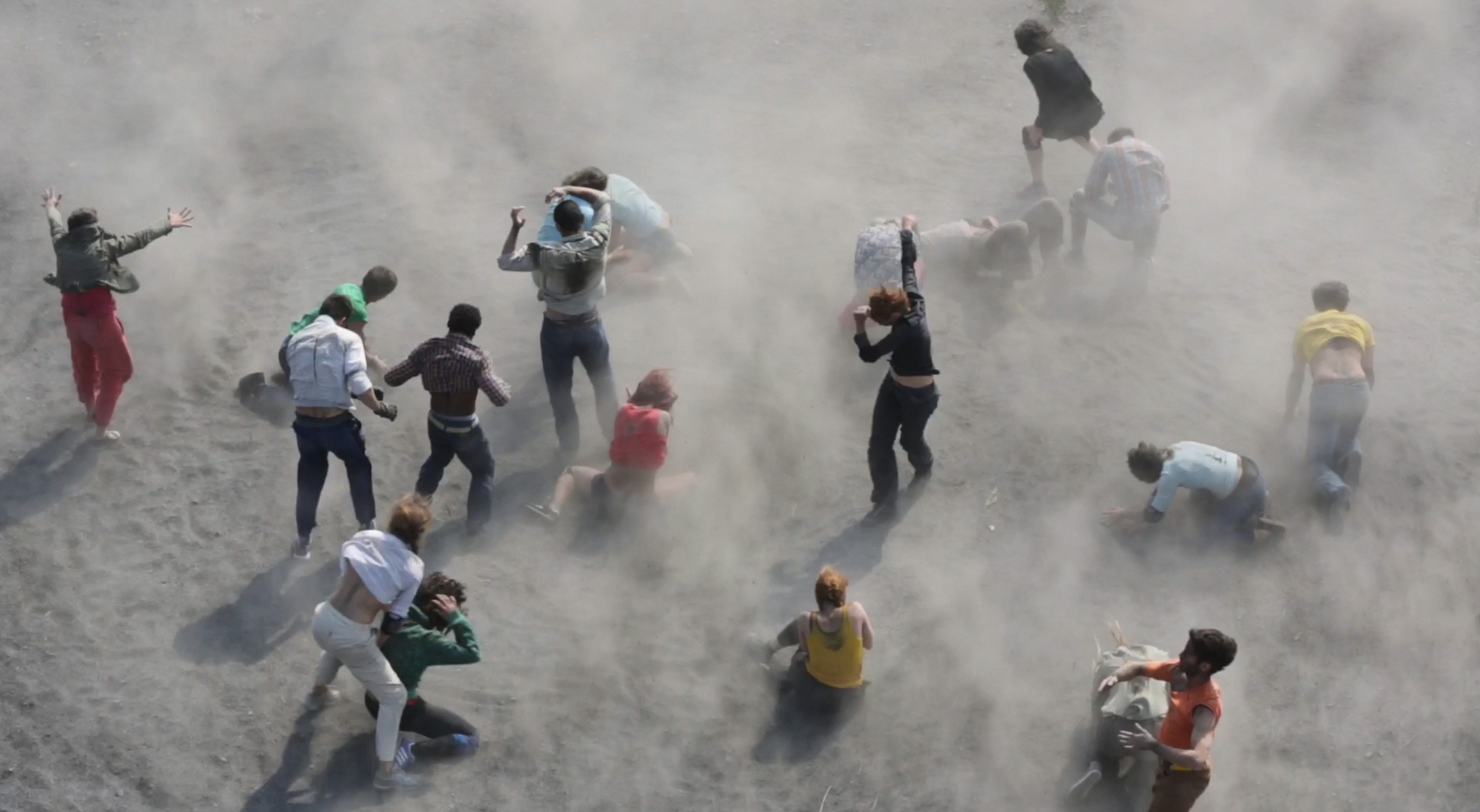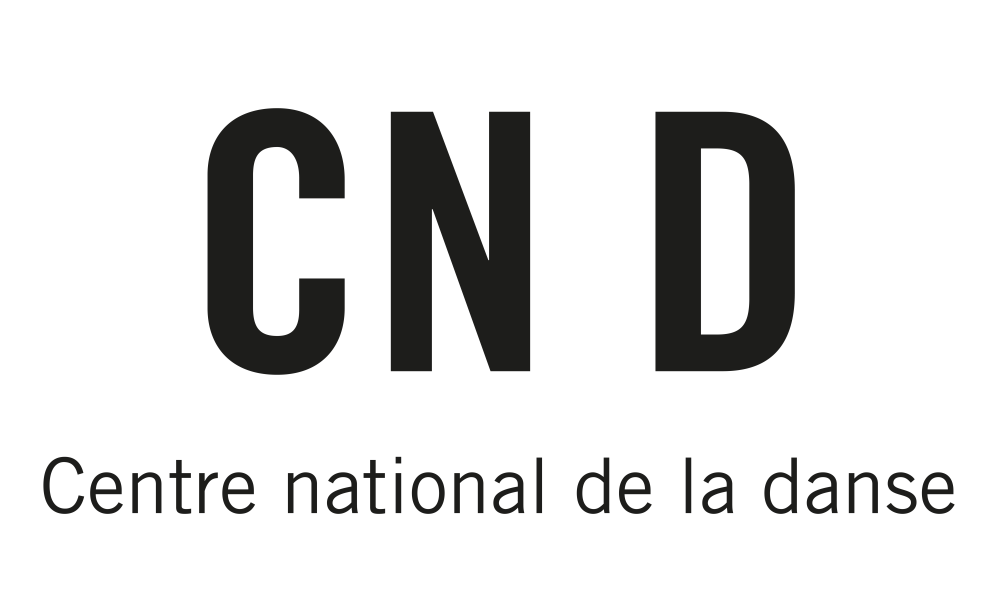Boris Charmatz
La Fabrique
septembersept 26 – 27
septembersept 26 – 27
septembersept 26 – 27
septembersept 26 – 27
septembersept 27
Session Poster
With Boris Charmatz, Emanuele Coccia, Vera Mantero, Rabih Mroué, Marlène Saldana, Sébastien Thièry, Romain Bigué who will perform in (distant) link with Catherine Wood
Graphic design, Agnès Dahan Studio
Danses partagées (Shared dance workshop leaders)
Avec Mathieu Burner, Olga Dukhovnaya, Peggy Grelat-Dupont, Thierry Micouin, Asha Thomas
Films
Tarkos Training (2005), directed by César Vayssié
Levée (2014), directed by Boris Charmatz and César Vayssié
TANZGRUND (2020), directed by César Vayssié – première
Horace Bénédict (2001), directed by Aldo Lee and Dimitri Chamblas
Performances : programme available from 20 juillet on cnd.fr and festival-automne.com
General Manager, Fabrice Le Fur
Production Manager, Martina Hochmuth, Hélène Joly
Production assistants, Florentine Busson, Briac Geffrault
Conception et production terrain ; CND Centre national de la danse (Pantin)
Coproduction Festival d’Automne à Paris
In partnership with France Culture
Every year with La Fabrique, the CND proposes a unique insight into the work and creative practices of a choreographic artist. As part of the Portrait dedicated to Boris Charmatz, La Fabrique highlights the role that the spoken word plays in a body of work that has always combined theory and practice. Whether it be reflexive, organic, musical or political, Boris Charmatz’s work places dance within the realms of the voice.
Over the course of a weekend, the CND transforms itself into a laboratory of saying and telling, bringing together discourse in movement, shared gestures and ideas, workshops and exhibitions. In the first part of this Fabrique, Boris Charmatz reactivates the Sessions Posters, a commonplace protocol used for the purpose of scientific presentations, and which the members of the ephemeral Bocal school made use of in order to blend theory with practice. What is a terrain: is it a space to be occupied, cultivated, an environment in the making, a choreographic green area? What role can dance play in the transformation of our life spaces, or terrains? In order to share the questions which he has been addressing with [terrain], a structure which has accompanied his projects since 2019, he draws upon the thoughts of architects, urbanists, philosophers, artists, and gardeners, using the mechanism of the poster in order to transmit and perform their hypotheses. In parallel to this, shared dance workshops involving professionals and amateurs, parents and children alike, will be used to put into circulation principles stemming from pieces by Boris Charmatz. As part of La Fabrique, there will also be an exhibition of films by César Vayssié, one of which relates the experience of the first test of [terrain] in Zurich, in addition to four performative-based rendez-vous showing different types of body and voice, sense and expense combinations: J’ai failli, a performance-speak made by Boris Charmatz in the wake of the 2002 elections; an extract of manger, dance-sung by Marlène Saldana; The Chair, an invisible dance for blind-folded spectators, and an interview in the form of a table-tennis match between Boris Charmatz and the writer Gilles Amalvi.
